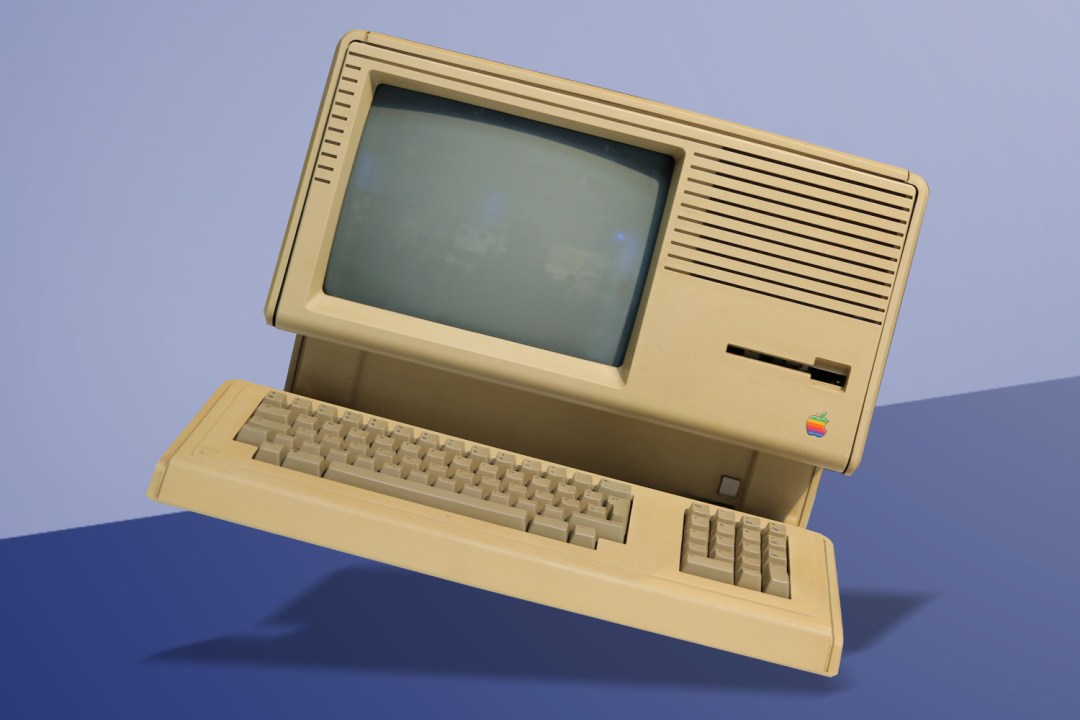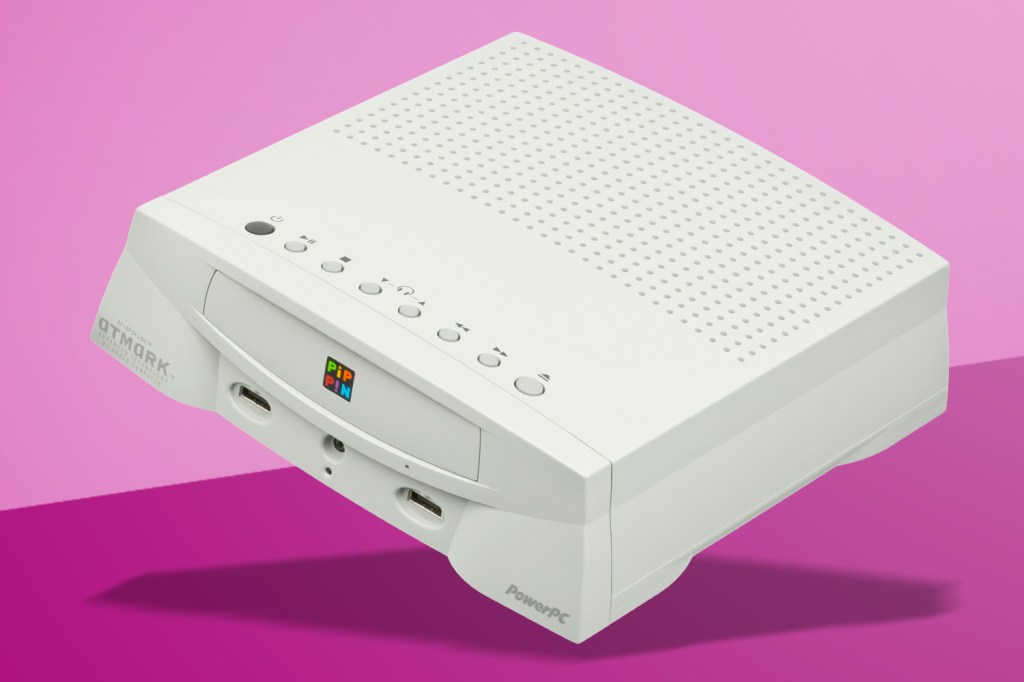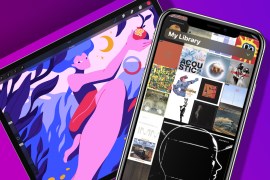The Apple Lisa at 40, and 6 more Apple tech flubs that led to better things
Apple’s first GUI computer was called Lisa? You couldn’t Mac it up – until Apple did

The Apple Lisa has turned 40. That might make you feel very old, although there’s a fairly good chance you’ve no idea what we’re talking about anyway.
Beige alert! We’re talking about an old computer again, aren’t we?
Yes. Apple envisioned this machine to be the next stage of computing. Steve Jobs led the development team, which rejected a command-line interface in favour of a desktop manager that echoed real-world workplaces. You got folders for documents – and a wastebasket for work that didn’t turn out as well as you’d hoped. The interface was consistent across apps, so you’d learn one way of doing things and easily transfer skills. There was a mouse for controlling an on-screen pointer, and…
Hang on – this sounds an awful lot like a Mac. So what’s this ‘Lisa’ thing?
The name’s a can of worms. Jobs admitted later he’d named the computer after his daughter. (Officially, ‘Lisa’ was an awkward backronym for Local Integrated Systems Architecture . Just as well she wasn’t called Josephine.) And yes, the machine was Mac-like, but the Lisa came first. It supported a hard drive (the first Mac didn’t), had protected memory (absent from Macs until Mac OS X), and offered a document-centric workflow that was accessible… albeit limited to a built-in office suite.
So you’re saying there wasn’t an app for that – unless ‘that’ was dull office tasks?
Pretty much. And by the time MacWorks allowed the Lisa to run Mac apps, it was too late. By then the machine had a reputation for sluggishness and crashing under heavy load, and sales were poor. When Jobs was booted off the team, he pilfered its best bits for the Mac, which on release blazed past its forebear. Jobs later said Apple had been blinded by corporate sales and betrayed its roots. Still, the Lisa gets a rough deal as everyone forgets how much of Apple’s later success originated from this beige innovator.
6 more Apple disasters that led to good things

Not everything Apple creates can make people coo like the original iPhone. But credit to the company: when it makes a mess of things, they often shake out in the end.
1. Apple’s spotty relationship with gaming became blotchtastic with Apple Pippin (1996) and its lack of industry support, questionable specs and high price. Apple execs still often gawp at games like they’re alien beings, but the company at least made good in this space with Apple Arcade.
2. The Apple Newton rocked up in 1993, designed to be your personal digital assistant. Lampooned handwriting recognition and other issues meant it was unceremoniously axed when Steve Jobs returned to the company. Apple subsequently nailed portable devices with the iPod and iPhone.
3. The Apple USB Mouse (1998) – aka ‘hockey puck’ mouse – is the epitome of form over function. It was tricky to know which way up the thing was – and cramp-inducing when used for long periods. Apple’s subsequent mice were all better. Mind you, so were the previous ones. Anyway…
4. Macintosh TV answered the call of literally several people who in 1993 wanted to watch TV on a Mac. Only you couldn’t watch in a desktop window – you had to switch modes. Sigh. Modern tech eradicates this issue, and today’s Apple gets TV in other ways too.
5. Jony Ive (yes, that Jony Ive) introduced the 20th anniversary Mac in 1997, calling it an object of convergence. It was also ostentatious nonsense, with a terrifying price and concierge delivery service. Fortunately, its best ideas a year later appeared in the first iMac.
6. iPod Hi-Fi (2006) had all the visual charm of a giant brick. It sounded good, but sales were poor. Apple axed the device after 18 months. HomePod didn’t fare that well either, but its dinky mini-me showed Apple could do speakers right.



